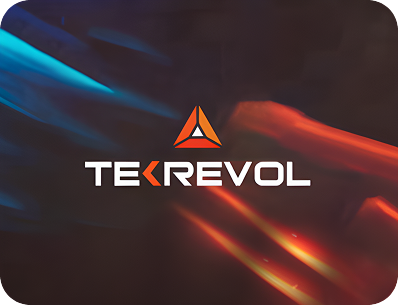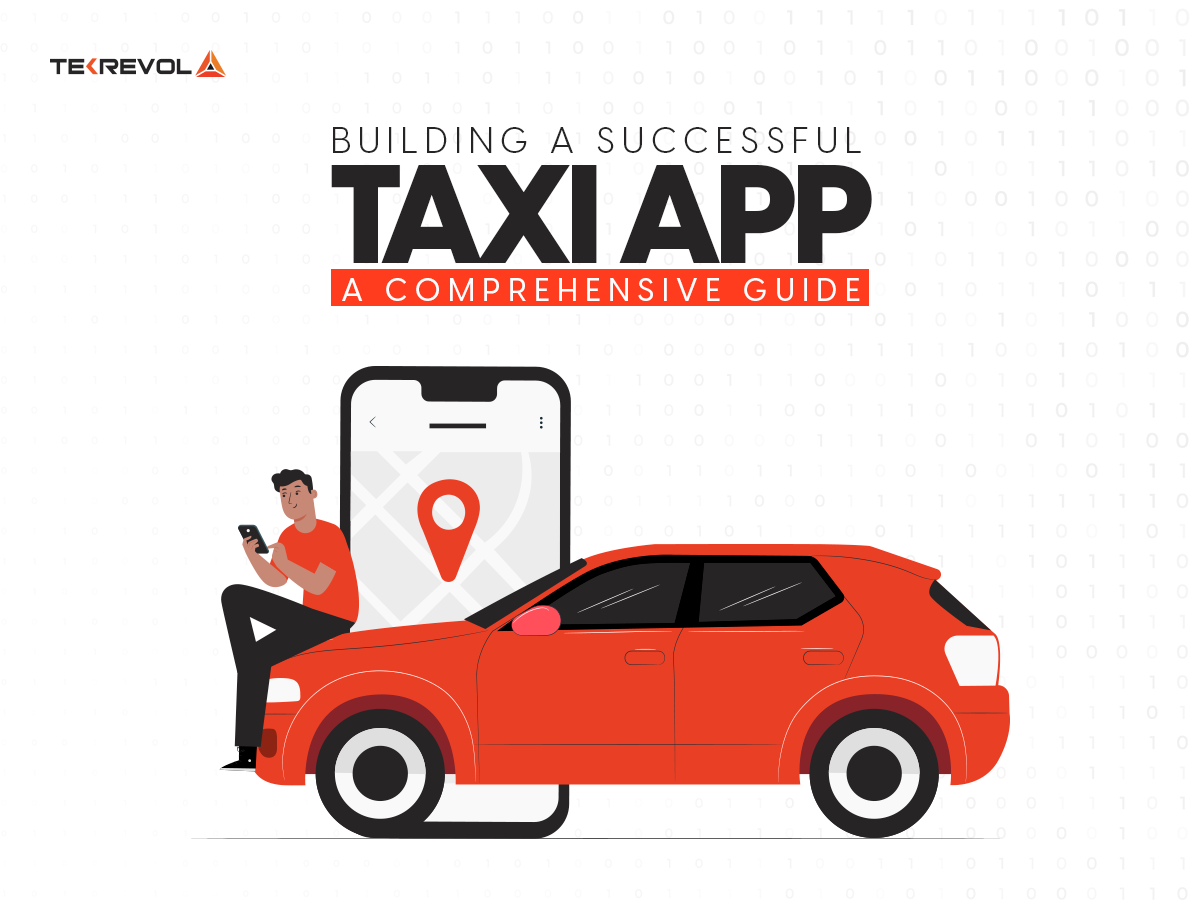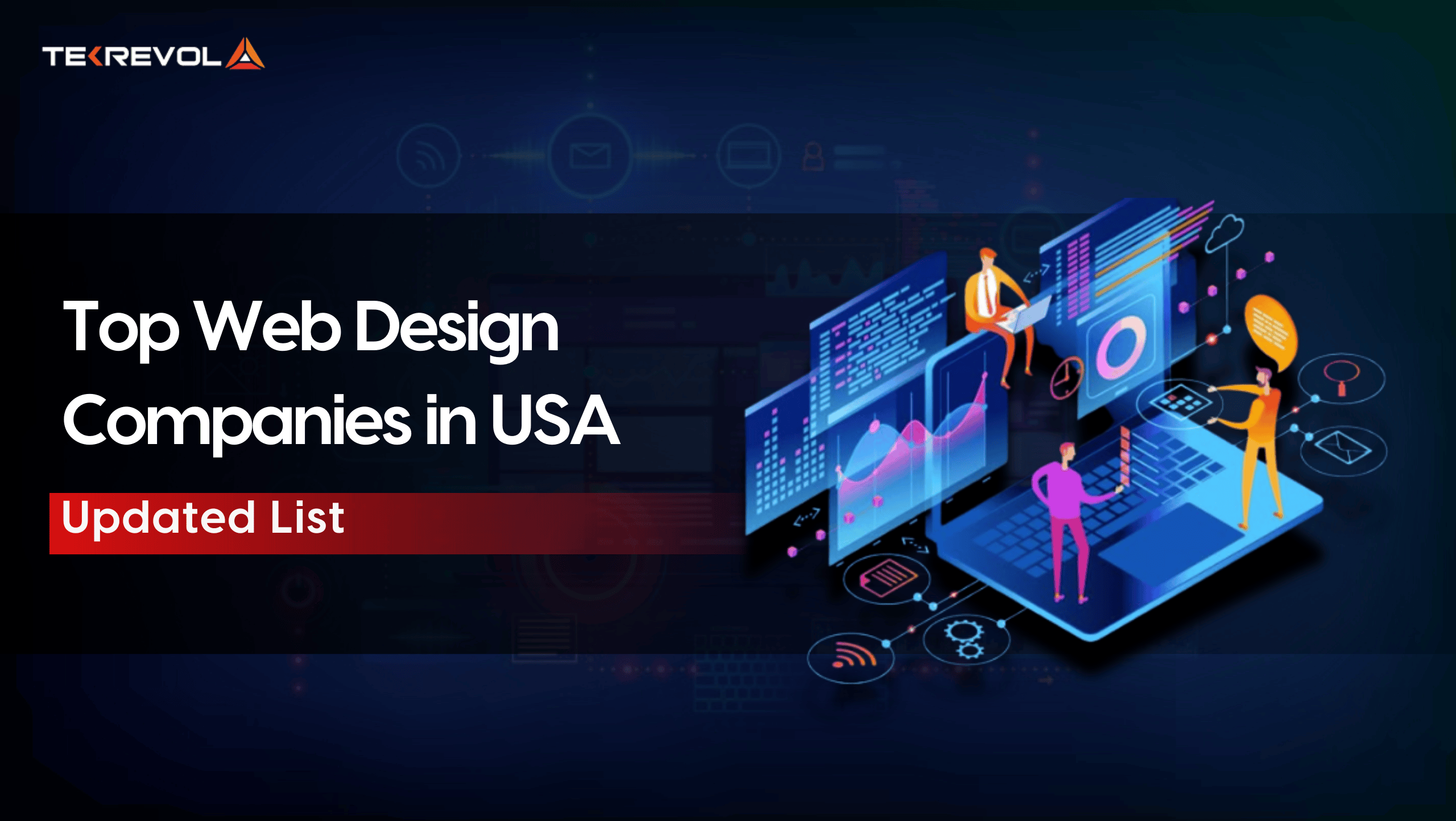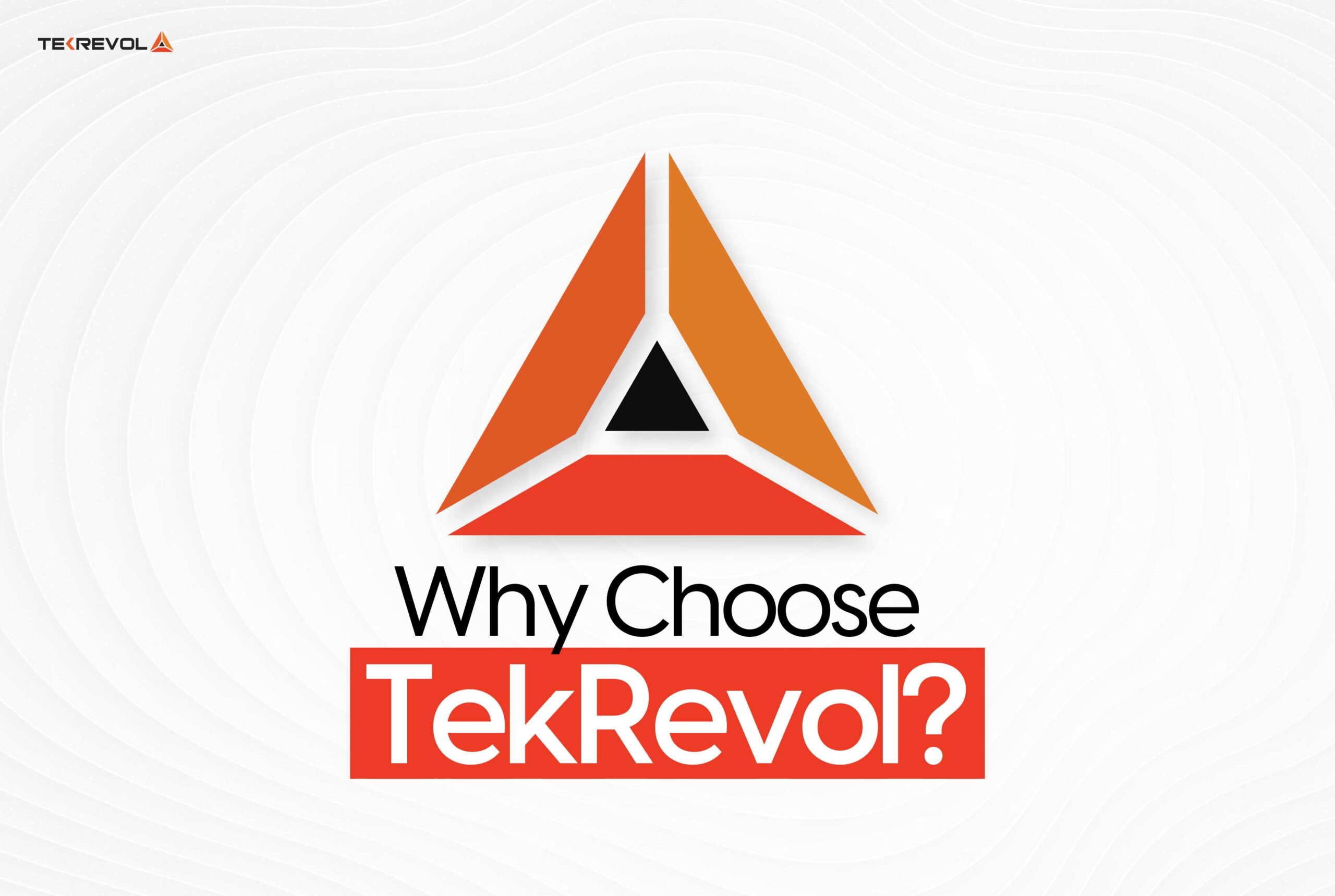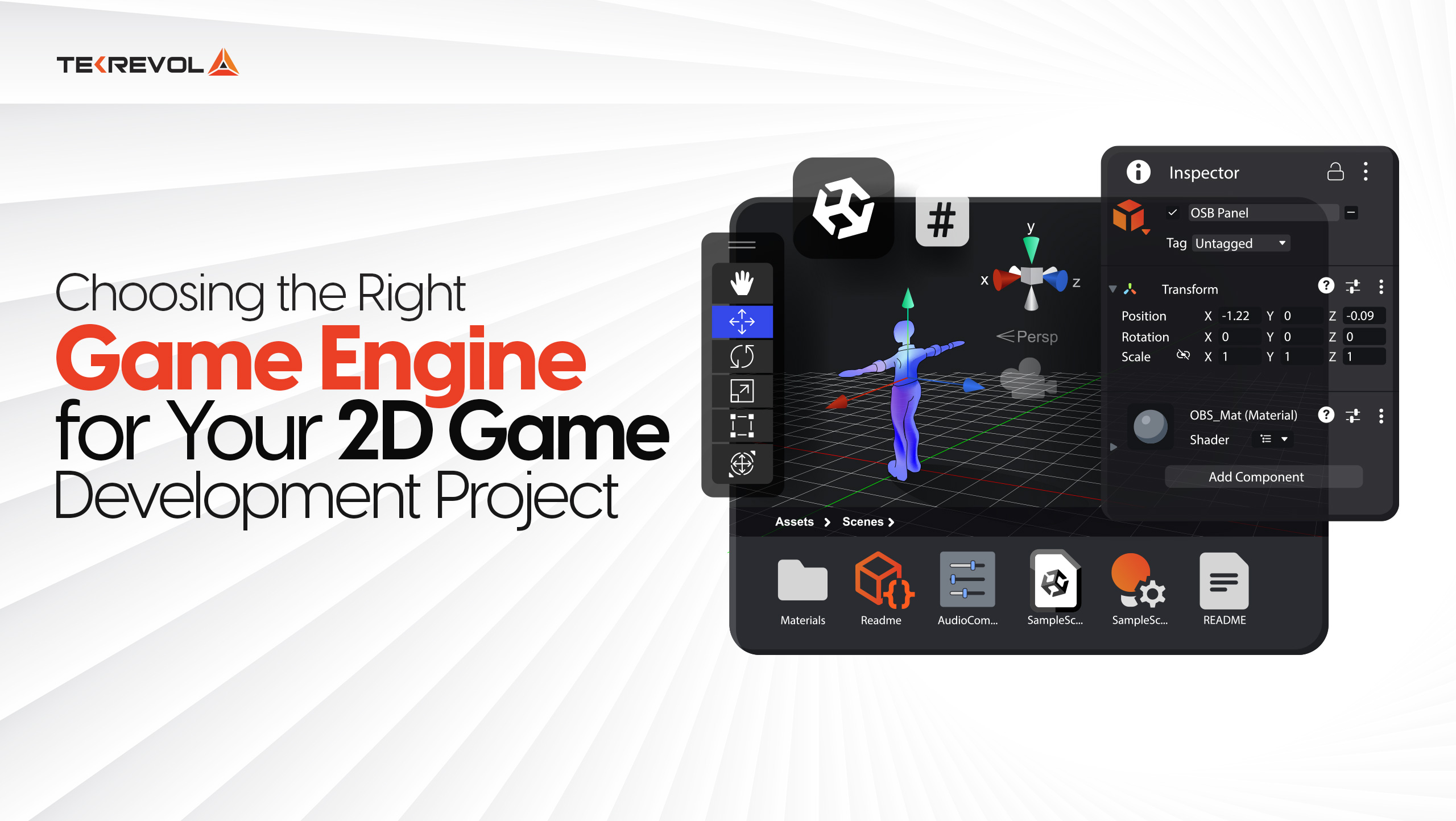Do you ever think about what makes users stay on your Website? Is it the sleek design? The speed? Or is it how well it understands you? For most people, the answer is clear: personalization.
91% of consumers say they’re more likely to shop with brands that offer relevant recommendations and tailored user experiences.
The internet is home to 1.88 billion websites, and the competition for user attention is fierce. Visitors want experiences that resonate with their needs, products that feel handpicked for them, and interactions that are seamless from start to finish.
This is where website personalization becomes essential. It helps you stand out, capture your audience’s attention, and transform visits into meaningful relationships. In this blog, we’ll share proven strategies to personalize your site, and let you know how website personalization drives more revenue.
- Wondering about the price of your perfect personalized website?
- Try our free web design cost calculator for a precise estimate!
Website Personalization: What It Means and Why It Matters
Customization of websites has often been labeled as an attempt to make the visitor feel like the website was created just for them. It is all about sharing how they have previously communicated, the context in which they are, their likes, and the ways they have behaved and then using this information to offer relevant content and experiences.
The result? A more engaged audience, greater satisfaction, more time spent on site, lesser bounce rates, better conversions, and an enhanced brand image.
While personalization as a marketing tactic has been present for decades in the offline world, with shopkeepers offering things based on consumer needs, its full potential has only just been realized in the online world. Companies are already becoming aware of its enormous potential, notably for sales and the entire value of the shopping experience.
The shift toward personalized websites has grown exponentially over the past decade, and it’s clear why. It provides better customer retention, and loyalty and hence increases conversion rates since customers get to make personal decisions.
Why Website Personalization Matters for Your Success
Website personalization is gradually turning out to be an important asset that can be employed by companies, focused on offering customized approaches to their clients. With the help of user data and their activity, it is possible to make the web resource more efficient and respectful for users. Here are some key website personalization benefits for businesses:
1. Elevates User Engagement
Websites that feel personal capture users’ attention in longer spans of time. The analysis reveals that the companies that have used personalization possess an 82% increase in engagement rates.
For instance, Amazon employs pertinent product suggestions related to the information and products a user has previously searched or purchased to retain their attention. This makes the visitor continue browsing other products.
2. Maximizes Conversions
By increasing targeting, users will see content and recommendations related to the items they are interested in and can act accordingly. Personalized CTAs produce a conversion rate that is 202% higher than familiar ones, unlike plain CTAs.
A perfect example of this is Netflix which aims at keeping the users engaged by offering more personalized content proposals. With the help of such an individual approach, buyers will remain subscribed to the services, which results in a higher number of conversions.
3. Better Targeted Marketing
By personalizing your website, marketing campaigns can be more targeted. By collecting and analyzing data of the users you can tease certain messages or promotions that may be related to their interest or activity, thus making your advertising efforts more effective.
Example: An online bookstore directly targets customers who have purchased mystery novels by emailing them new releases available in the same genre. This targeting makes customer responses and subsequent purchases more probable.
4. Fosters Customer Loyalty
Personalization builds trust. By knowing what your visitors want, you are building a better bond with them. Research showed that 44% of consumers are more likely to engage themselves in multiple sales after the delivery of customized experiences.
For example, Sephora provides a list of recommendations in emails based on prior purchases and other personal preferences, making sure to retain customers who believe that the store knows the best for them.
5. Increased Revenue Opportunities
Personalization opens up further possibilities for increased sales through offering to buy related products and services. It can provide a means to cross-sell or upsell according to a company’s specific needs and markets.
Example: An electronics retailer on the internet offers a laptop bag or wireless mouse to the user every time they purchase a laptop. These are personal communications for additional sales that enhance the overall value of the sale.
6. Lower Cart Abandonment
Personalized websites do not allow customers to leave their cart without buying something as the site will be reminding those who left their items in the cart through special promos. Various promotional offers like discounts or offers on products may be offered to the users for the purchase of the item.
Example: An online retailer sends a reminder email to a customer who added a pair of shoes to the cart but left without purchasing it. The email includes a special promotion offer such as a discount or free shipping. This strategy also aids in regaining the lost sales.
7. Data-Driven Insights
However, customization of your website also helps you gather vital information about your customers and how they can behave. All this data can then be applied to modifying certain marketing approaches, improving the usability of the desired site, as well as adjusting the content in the future.
Example: A fitness application follows a user’s activity and results in introducing custom workout routines, enhancing the user’s experience to collect information for enhanced user interaction in the future.
8. Real-Time Adaptation
A customized website means that a web designer can put it in a way that responds instantly to the user’s action and provides content changes. This makes the website appear relevant to the current activity or interest of the visitor thus enhancing the atmosphere.
Example: An e-commerce site replaces the items on the homepage as the user scrolls through different categories; the site provides more relevant options as the user engages with the site in real-time.
8 Expert Tips to Craft a Powerful Website Personalization Strategy
Website customization involves adding a personal touch to your website to create dynamic content personalization that directly communicates to the clients. Yet, when executed right, website personalization can improve the level of interaction with the users, boost the rates of conversion, and foster customer loyalty. Here are 8 essential tips to help you create a winning website personalization strategy:
1. Define Clear Objectives
It is crucial to set goals and objectives before diving into website personalization concepts. What do you hope to achieve? Knowing your objectives be it in generating more leads, optimizing calls to action on certain pages, or aiming to increase engagement, will assist you in developing the right strategies.
Tip: To optimize a website, once you have defined your goals stay as focused as possible to make the right changes on the site’s top ranking pages. These may be your landing pages, checkout pages, or product pages.
2. Understand Your Audience
To make sure that you get the right approach to individualization, you first need to understand your target market. This includes acquiring the demographic data of clients’ age, location, job titles, past/present buying habits, and interests. Knowing these peculiarities will allow the creation of content and messages with proper targeting for specific users.
Pro Tip: Utilize tools like Google Analytics to understand user activities including the pages that users visit, the amount of time spent on the site, and other user details. It will also help you to be more precise in tailoring your message to fit specific types of audiences.
3. Utilize Personalization Tools
There are tools that can assist you in modifying the content of the website depending on the visitor, thus delivering a more relevant experience. These tools let you customize various aspects of your site, including the home page, landing pages, case studies, and CTAs, based on certain criteria, including the geographic location of the visitor, specific website sections, previous visits, or behavior.
Tip: If you’re unfamiliar with how to set these customizations up on your own. It’s a good idea to partner with an experienced website development company that can help integrate these solutions seamlessly into your site.
4. Implement Dynamic Content
Dynamic content is defined as content that varies depending on the user activity or other key attributes. When it comes to the visitor experience, it is possible to feed each of them different content depending on their engagement or even age, making it feel as though the information provided is unique to them.
Example: If a visitor has been casually shopping for winter jackets, your homepage may feature a message such as “Welcome Back, Winter Explorer!” and provide jackets, boots, and accessories that may be of interest to them.
5. Offer Personalized Recommendations
One most effective methods of improving the relevance of your website is by offering recommendations based on past conducted activities. If visitors are shown products or content of their preference, that which they have bought or searched for, they are likely to engage and buy.
Example: A user who once bought a gaming laptop could be recommended accessories or gaming peripherals or even articles on how to improve their gaming experience.
6. Use Pop-Ups for Targeted Engagement
Pop-ups are a great tool for getting attention and can easily provide value to the customer. Using pop-up windows with variable content, it makes sense to deliver promotions, discounts, or materials that are of specific interest or concern to the visitor.
Example: A visitor who has been browsing through beauty products may be presented with a pop-up of a discounted skincare set to make their shopping experience exciting.
7. Personalize Search Results
Visitors can be easily frustrated if they cannot immediately locate a particular product, service, or piece of information. Therefore, optimizing the search function to their preferences can help enhance their experience on the website. Optimize the user interface by automatically adapting search results depending on the history, current location, or preferred products viewed by the user.
Example: When a visitor enters ‘vacuum cleaners’ they may get mains featuring models of the vacuum cleaners they have previously displayed interest in or the models within the same price bracket.
8. Track and Optimize Performance
You should always ensure your personalization activities are checked frequently to rectify or increase their efficiency. By examining bottom-line KPIs like conversion and bounce rates as well as engagement scores, it will be possible to decipher what tactics are effective for personalized marketing and which have less potential.
Tip: It is also very important to split test different personalized aspects that you include on your website such as using A/B split testing to determine which changes are yielding the best outcome.
- Struggling to make your website more engaging?
- Partner with Tekrevol experts to create a seamless, personalized website.
Best Practices for Website Personalization in 2025
Here are seven best practices to guide you in personalizing your website for a more engaging and conversion-focused user experience:
1. Make Real-Time Decisions
Ideally, your website personalization strategy should be highly flexible so that it can incorporate real-time data. Small changes in response to visitors’ actions can greatly help improve the overall experience of the site as well as conversion rates.
Example:
Music streaming services such as Spotify, and e-commerce platforms including Amazon leverage real-time recommendation systems. Every time the user types in the search bar, they get recommendations on the items based on their past activities, popular products on the site, and other customer’s choices. It increases convenience to the user and at the same time, it increases sales.
2. Balance Recommendations with Exploration
In addition to making navigation more interesting for users, do not overwhelm the guest with the same recommendations. Give the users the ability to browse through your site as they may be searching for gifts or anything new in particular.
Example:
To cater to diverse shopping needs, e-commerce clothing businesses should suggest items linked to past orders but also include user-friendly filters like “New Arrivals” and “Seasonal Styles.
3. Strategically Place Personalized Elements
Do not think every page on your website requires a unique message to the targeted audience. Determine specific areas of the consumer’s purchasing process at which specific promotions or targeted content will resonate, including the landing page, a product details page, or the final stage of purchase.
Example:
An online travel agency can show hotel suggestions to a user because of the previous bookings but the simple travel guide or the discovery of destinations can remain non-personalized. It may be used to make a user discover different possibilities.
4. Test Personalization Hypotheses
Before including personalization in the website design, try experimenting with ideas through methods like A/B testing. Testing helps you confirm that your efforts are in harmony with the users and business objectives and adapt your strategies for better results.
Example:
A subscription service could use two different welcome messages—one promoting time-sensitive offers and one promoting membership perks—to understand which one brings more subscribers.
5. Monitor Analytics Regularly
Website analytics and specifically monitoring the user behavior using Google Analytics can then be used to evaluate the impact of personalization. The quantitative findings could be complemented with qualitative data to address future developments.
Example:
Compare the bounce rates of those who have landed on the more personalized pages of your campaign. If one segment has a higher bounce rate, it should analyze the differences and try to make the content and design of the website more relevant to its expectations.
6. Use AI for Advanced Segmentation
Users can make the most of AI browsers, which analyze the user’s behavior, preferences, and real-time data, to create new segments. AI helps you personalize to grand scales and try out variations to see what works best across different channels.
Example: An online electronics store can use AI to classify its users like the ‘Tech Savvy’ or the ‘Economy Buyer’ and then offer suitable packages or promotions in line with their classification.
7. Reevaluate Strategies Regularly
Personalization is a process that undergoes constant interactions and changes. Always review your strategies to avoid falling out of line with the users’ expectations and new market trends. These changes are important if you are going to continually use personalization and make it successful.
Example:
If user behavior in a fitness app leans toward wellness content, the app can adapt by delivering personalized resources such as guided meditations and custom meal suggestions alongside fitness programs.
Wrapping Up
Nowadays, having a website for business is not enough. Your site should be visually appealing, informative, and appealing to your customers.
For website personalization, one must step further to create a special and convincing customer experience. Remember that the closer you are in terms of your messages the better the chances of selling them.
So, if you’re looking for a reliable partner for your website development and personalization, then the TekRevol team is here to help you. As a top web development company in the UK, our focus is to deliver unique and functional websites with an emphasis on enhancing customer interaction.
With comprehensive expertise in progressive web technologies, personalized data solutions, and UX/UI, we ensure that your website is adapted to the demands of your target audience while also meeting the aims of your business. Get in touch with TekRevol today to take your website to the next level and deliver exceptional experiences for your users.
- Need a personalized website that meets your business goals?
- TekRevol is here to design and implement personalization strategies that capture and retain customer attention.


